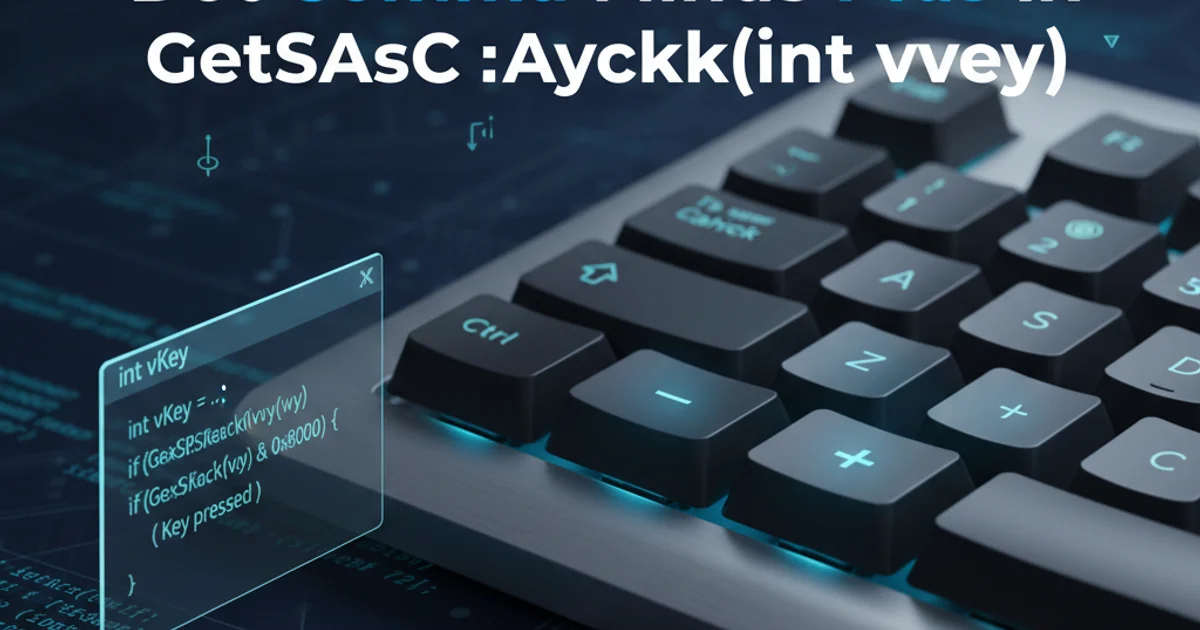How do I install pip on linux for Python 3.10.9
Categories:
Installing pip for Python 3.10.9 on Linux

A comprehensive guide to installing pip, the package installer for Python, on various Linux distributions for Python version 3.10.9, including best practices and troubleshooting tips.
Pip is the standard package manager for Python, allowing you to install and manage additional libraries and dependencies that are not part of the Python standard library. While Python 3.10.9 often comes with pip pre-installed, especially on newer Linux distributions, there are scenarios where you might need to install or upgrade it manually. This article will guide you through the process, ensuring you have a robust Python development environment on your Linux system, including Raspberry Pi.
Understanding Python and pip on Linux
On most Linux distributions, Python 3 is typically installed by default. However, the specific version can vary, and sometimes pip might be missing or linked to an older Python version. It's crucial to ensure that the pip command you use corresponds to your desired Python 3.10.9 installation to avoid conflicts and ensure packages are installed correctly. We'll focus on pip3 to explicitly target Python 3.
flowchart TD
A[Start] --> B{Python 3.10.9 Installed?}
B -->|No| C[Install Python 3.10.9]
B -->|Yes| D{pip for 3.10.9 Installed?}
C --> D
D -->|No| E[Install/Upgrade pip]
D -->|Yes| F[Verify pip Installation]
E --> F
F --> G[End]High-level process for ensuring pip is installed for Python 3.10.9.
Prerequisites and System Updates
Before installing pip, it's good practice to update your system's package list and upgrade existing packages. This ensures you have the latest security patches and dependencies. Also, ensure you have curl or wget installed, as these are often used to download the get-pip.py script.
# For Debian/Ubuntu-based systems (including Raspberry Pi OS)
sudo apt update
sudo apt upgrade -y
sudo apt install -y curl build-essential libssl-dev libffi-dev python3-dev
# For Fedora/RHEL-based systems
sudo dnf update -y
sudo dnf install -y curl gcc openssl-devel libffi-devel python3-devel
Updating system packages and installing necessary build tools.
build-essential (Debian/Ubuntu) or gcc and python3-devel (Fedora/RHEL) packages are crucial for compiling certain Python packages that have C extensions. It's always a good idea to have them installed.Installing pip for Python 3.10.9
There are a few methods to install pip, depending on whether it's already partially installed or completely missing. The most reliable method is to use the get-pip.py script, which is officially recommended by the Python Packaging Authority (PyPA).
1. Step 1: Download get-pip.py
Use curl or wget to download the official get-pip.py script. This script handles the installation of pip and its dependencies.
2. Step 2: Run the Installation Script
Execute the get-pip.py script using your specific Python 3.10.9 interpreter. This ensures pip is installed for that particular Python version. If you have multiple Python versions, explicitly call python3.10.
3. Step 3: Verify pip Installation
After the installation, verify that pip is correctly installed and associated with Python 3.10.9 by checking its version and location.
4. Step 4: Add pip to PATH (if necessary)
If pip3.10 or pip is not found after installation, you might need to add the directory where pip is installed to your system's PATH environment variable. This is less common if installed system-wide but can happen with user-specific installations.
Using curl
curl https://bootstrap.pypa.io/get-pip.py -o get-pip.py python3.10 get-pip.py
Verify installation
pip3.10 --version
Clean up (optional)
rm get-pip.py
Using wget
wget https://bootstrap.pypa.io/get-pip.py python3.10 get-pip.py
Verify installation
pip3.10 --version
Clean up (optional)
rm get-pip.py
sudo pip install directly, as this can lead to permission issues and corrupt system-managed Python packages. Always prefer python3.10 -m pip install <package> or install within a virtual environment.Troubleshooting Common Issues
Even with the best practices, you might encounter issues. Here are some common problems and their solutions.
'pip3.10: command not found': This usually means pip is not in your system's PATH, or it was installed for a different Python version. Ensure you ran python3.10 get-pip.py and check the output for the installation path. You might need to manually add ~/.local/bin to your PATH.
Permission Denied Errors: If you get permission errors without using sudo, it's likely because you're trying to install packages globally without proper permissions. Use virtual environments or python3.10 -m pip install --user <package> for user-specific installations.
'Default pip is for Python 2.x': If pip --version shows Python 2, always use pip3.10 or python3.10 -m pip to explicitly target Python 3.10.9.